Your minute-to-minute guide How & When to watch Wednesday the 'Super Blue Blood Moon' from anywhere in the world
Half of the world will be treated to a celestial trifecta—the coincidence of a visible supermoon, blue moon, and total lunar eclipse—that hasn’t happened in 152 years. The other half need not fret. You, too, can savor the super blue blood moon—right from you happen to be.
NASA Television and the space agency’s website will livestream the rare lunar performance, beginning at 5:30am US eastern time (10:30am UTC). Weather permitting, the coverage will feature views through the lenses of telescopes at NASA’s Armstrong Flight Research Center in Edwards, California; Griffith Observatory in Los Angeles; and the University of Arizona’s Mt. Lemmon SkyCenter Observatory.

The eclipse officially starts at 5:51am ET (10:51am UTC), and will last about five hours. The real highlight of the show will begin at 6:48am ET (11:48am UTC) and conclude at 10:11am ET (3:11pm UTC). Check out Quartz’s minute-by-minute guide to figure out when you should to tune in.
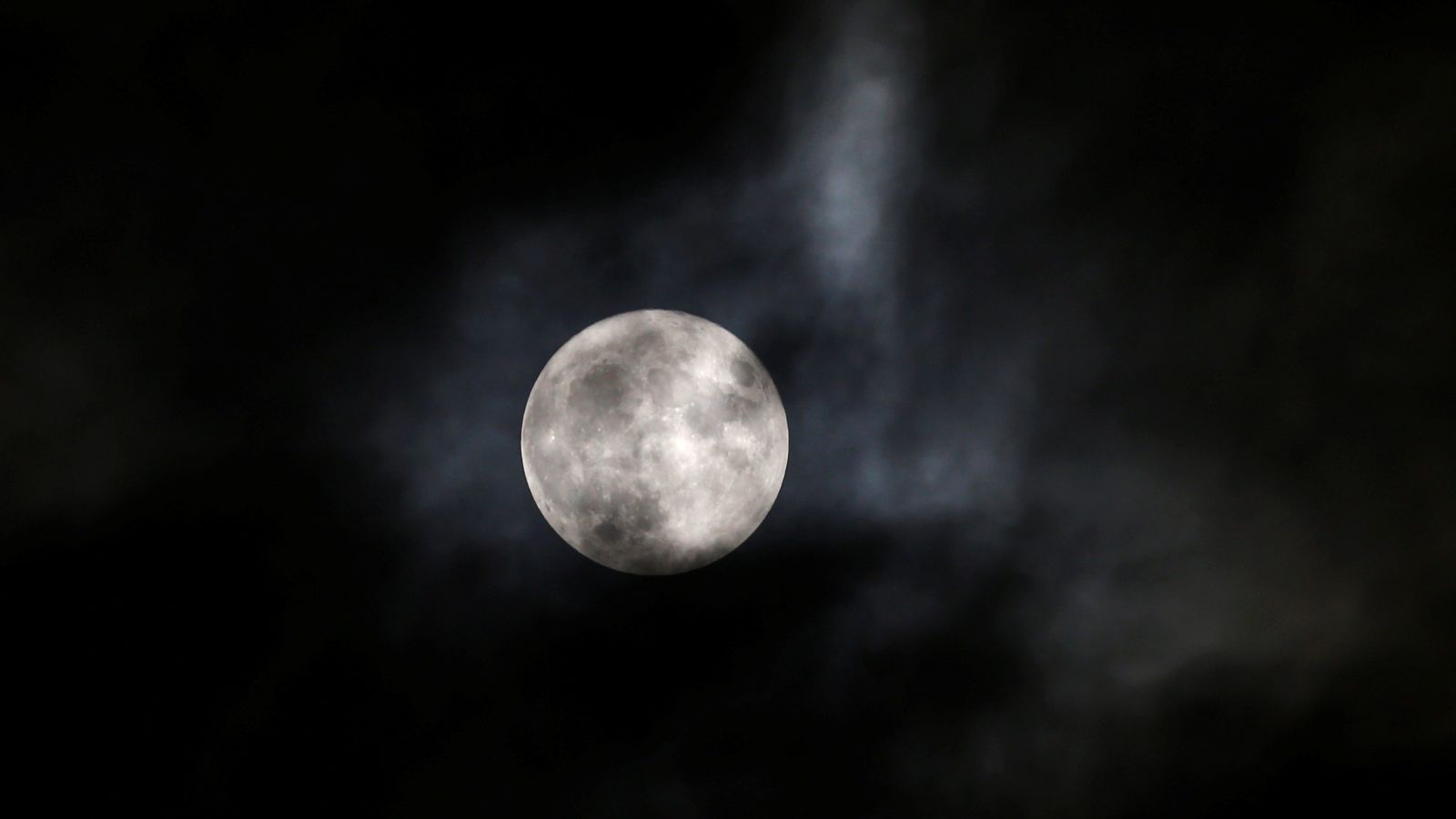
Morning hours in the Western Hemisphere and the evening in the Eastern, a visible supermoon—what we call a full moon at its closest orbital point to Earth—will coincide with a total lunar eclipse. As the second full moon of the month, it is also a blue moon.
The celestial trifecta hasn’t happened in 152 years.
During a brief window of time—about five hours—the moon will cycle through several phases as it passes into and back out of perfect alignment with the Earth and sun. Viewers from eastern Asia through the Pacific to western North America will be in the moon’s path of totality. Viewers in eastern North America, eastern Europe, and western Asia will also catch a partial eclipse. Check this interactive map for more information on which phases of the eclipse you will be able to see.
Here’s a play-by-play of what to expect.

The hours before the eclipse: Super blue moon
Before the eclipse, viewers can enjoy a larger and brighter-than-average full moon. Visible supermoons appear 14% bigger and 30% brighter than full moons that occur at the farthest point in the moon’s orbit. The title “blue moon” has nothing to do with the moon’s actual color, referring only to the full moon’s second appearance within one month.
You don’t have to be in the eclipse’s path of totality to catch the super blue moon on Jan. 31. Anyone around the world will be able to savor its beauty—best viewed right after moonrise or before moonfall.
5:51am ET (10:51am UTC): Penumbral eclipse begins
At 5:51am US Eastern Time, the moon will begin its eclipse, but viewers won’t actually see the moon change shape. Instead, the observant viewer might notice the moon’s face darken as the Earth begins to block some of the sun’s light. Planning to wake up early to see the lunar event? We recommend skipping this phase to catch a little more sleep.
6:48am ET (11:48am UTC): Partial eclipse begins
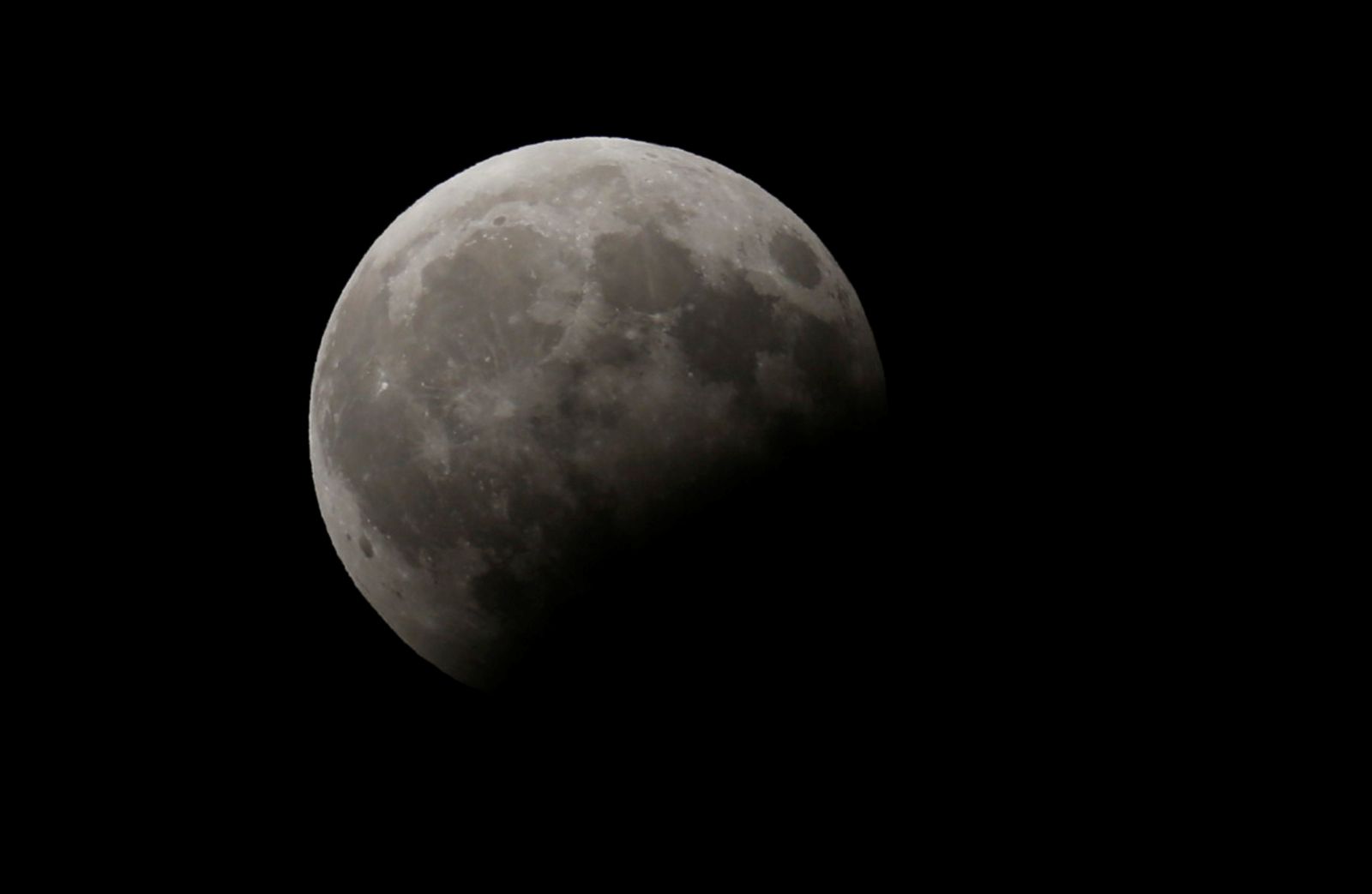
This is when the good part starts. During the partial-eclipse phase, viewers will begin to see the moon disappear as the Earth continues to shield more sunlight. The rest of the visible moon will retain its coloring. For some viewers, including those in eastern North America, this will be the final phase they see before the moon drops below the horizon.
7:51am ET (12:51pm UTC): Full eclipse (and blood moon) begins
As the moon transitions from a partial to full eclipse, it will take on a reddish hue right as you think it’s about to completely disappear. This is because of the way the atmosphere bends the light, says NASA, and is why totally eclipsed moons are sometimes also called “blood moons.”
8:29am ET (1:29pm UTC): Maximum eclipse

You may not see much of a difference between the start and maximum of the total eclipse. Still, you can revel in the satisfaction of knowing that the moon is perfectly aligned with the sun and Earth for a fraction of a second—precisely at 8:29:51am ET— before the celestial bodies barrel onward on their respective paths.
9:07am ET (2:07pm UTC): Full eclipse ends
Once the eclipse reaches its maximum, the moon will transition back to a super blue moon following the steps in reverse order. As the full eclipse ends, it will lose its reddish hue and viewers will once again see a partially concealed moon.
10:11am ET (3:11pm UTC): Partial eclipse ends
Once the partial eclipse ends, the super blue moon will reappear fully formed with a slightly darkened face.
11:08am ET (4:08pm UTC): Penumbral eclipse ends
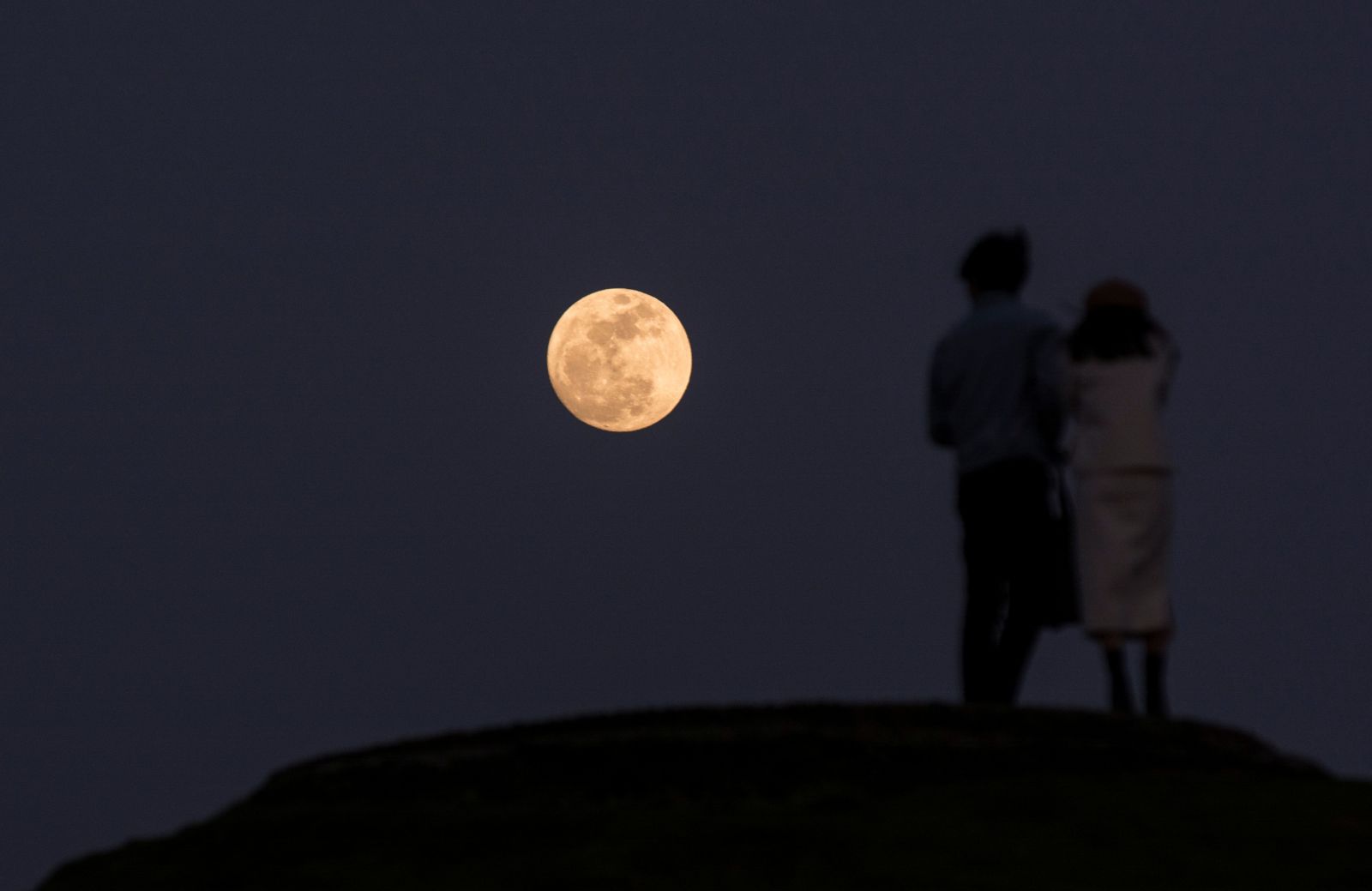
Finally, at the end of the penumbral phase, it will return to its full and dazzling brightness.
The full moon will be the second in a month, making it a blue moon; it'll be at the part of the moon's orbit that defines a supermoon; and there will be a total lunar eclipse.
The total lunar eclipse is the most exciting for astronomers — it can give the moon a reddish tint, which is why it's sometimes called a blood moon.
To catch the eclipse, you'll need to look up at a certain time: early in the morning in the US, or later that night in other parts of the world.
Early in the morning on January 31 — if you are in the right part of the world — you'll be able to look up at the sky and see what you could call a "super blue blood moon."
That's a full moon happening at the part of the moon's orbit that's closest to Earth (known as a supermoon). This will also be the second full moon of a calendar month, which is commonly referred to as a blue moon by NASA and others.
Most excitingly, in certain parts of the world it'll be possible to see a total lunar eclipse, which can give the moon a reddish hue when the Earth comes between the sun and our satellite, hence the name "blood moon."
The last time all three of these events happened at the same time was almost 152 years ago. But terms like these can make these occurrences seem more dramatic than they are. Because of where the moon is in its orbit, this full moon will be about 14% brighter than normal — whether or not that qualifies as super is up to you (maybe the moon is always super). And blue moon is not a technical astronomical term — in fact, a different historical definition by the Farmer's Almanac would make that phenomenon more rare than NASA's definition.
But the lunar eclipse component of these three aligned events is fascinating for astronomers, since the rapid temperature changes that occur when the Earth blocks the direct light of the sun can reveal new aspects of the moon's surface.
"The whole character of the moon changes when we observe with a thermal camera during an eclipse," Paul Hayne of the Laboratory for Atmospheric and Space Physics at the University of Colorado Boulder, wrote in a feature on the upcoming eclipse. "In the dark, many familiar craters and other features can't be seen, and the normally nondescript areas around some craters start to 'glow,' because the rocks there are still warm."
This information could also reveal potential landing sites for future moon expeditions.
When and where to look
To catch the eclipse, you'll need to look up at the right time: early in the morning in North America and the Eastern Pacific, evening for those in the Middle East, Asia, and Australia. (Most of Europe will unfortunately miss this part of the show.)
During a lunar eclipse, the moon transitions into partial shadow — penumbra — before going into full shadow — umbra — then back into penumbra, as seen in the graphic below.
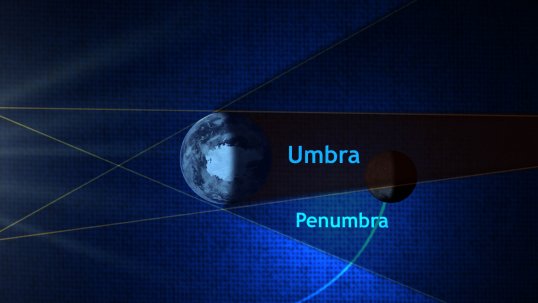
The reddish color it takes on has to do with the way that Earth's atmosphere breaks up light — much of the blue gets filtered out before the remaining light makes its way to the moon.
Viewers on the East Coast of the US will only be able to see the start of the time when the darker "umbra" of Earth's shadow covers the moon, at about 6:48 a.m., since the sun will rise shortly after that.
In the western US, the show will be better. For those on central time, NASA reports that the best viewing will be from about 6:15 a.m. to 6:30 a.m., with Earth's reddish shadow clearly visible on the moon before the sun comes up. Mountain time viewers will be able to catch the peak of eclipse at 6:30 a.m. local time. And viewers in California and further west will be able to see the event from start to finish, with totality beginning at 4:51 a.m. PT and ending at 6:05 a.m. PT.
If you're in the right place and you can get up early or stay up late, have a look.

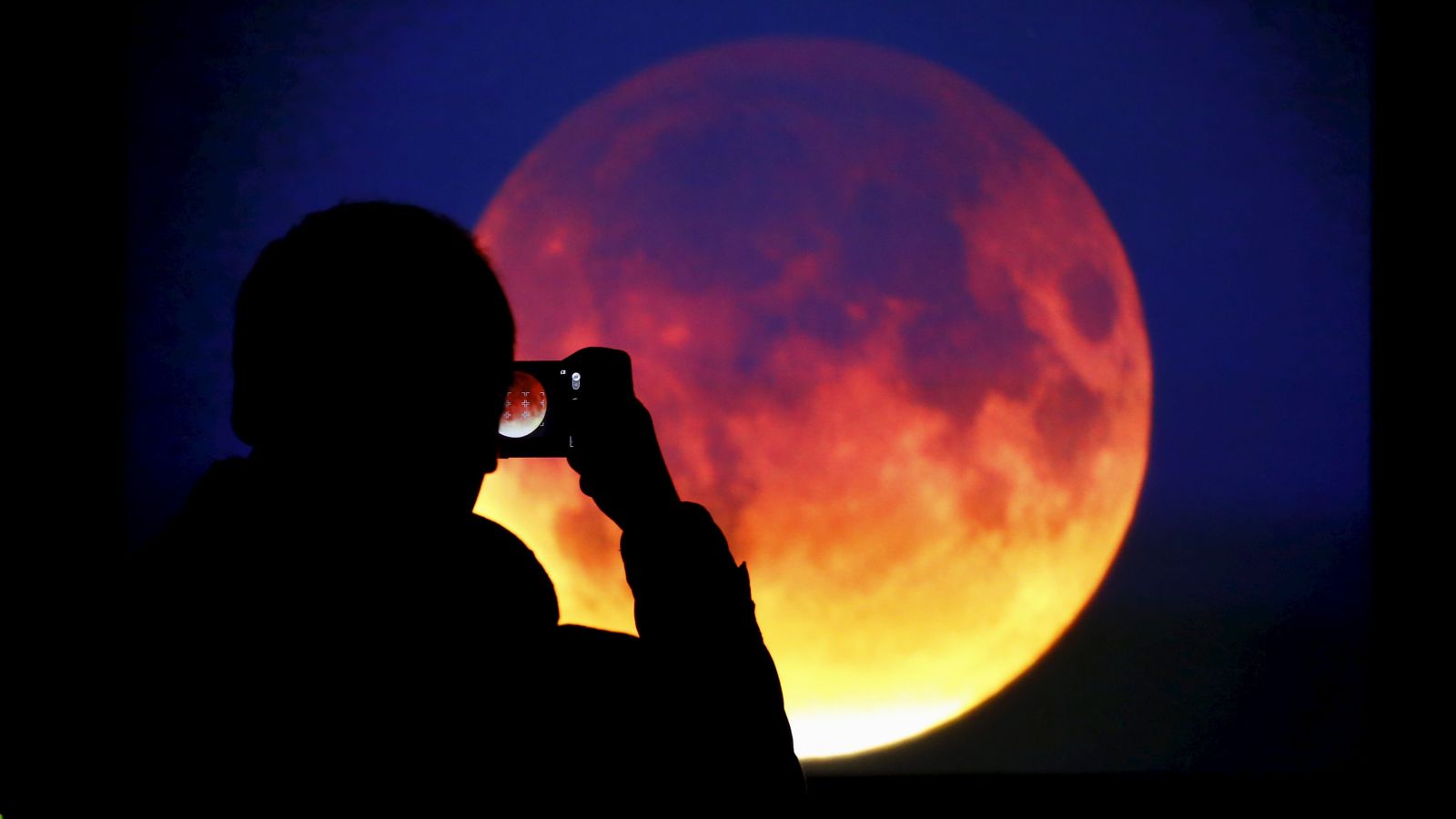

All this make me believe there has to a God up there overseeing the affairs of men.
Hi! I am a robot. I just upvoted you! I found similar content that readers might be interested in:
http://www.businessinsider.com/watch-the-supermoon-lunar-eclipse-2018-1